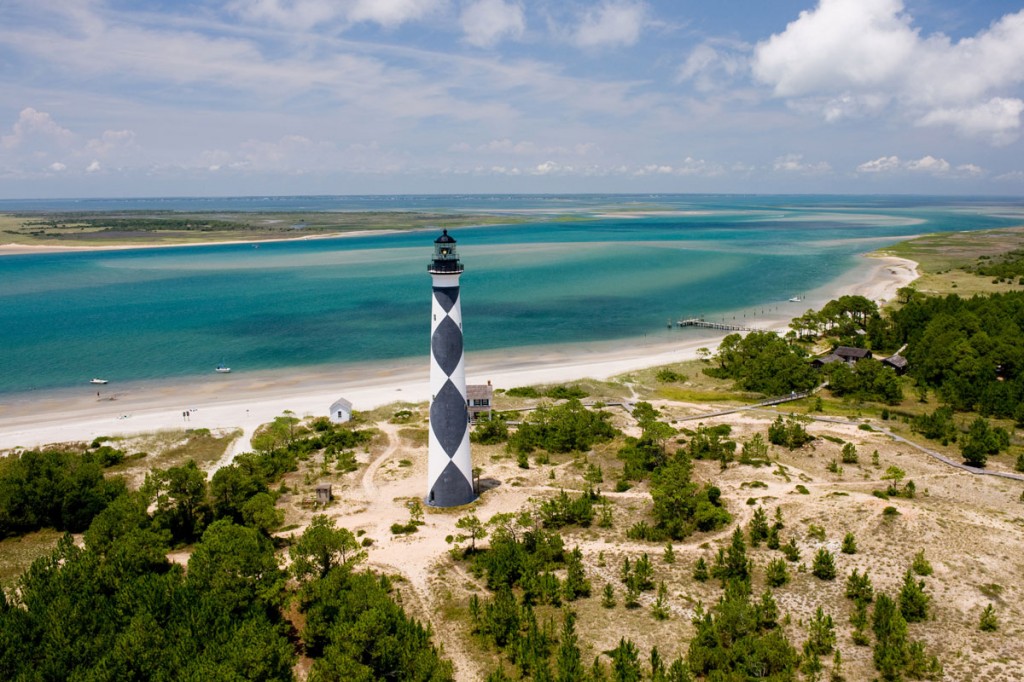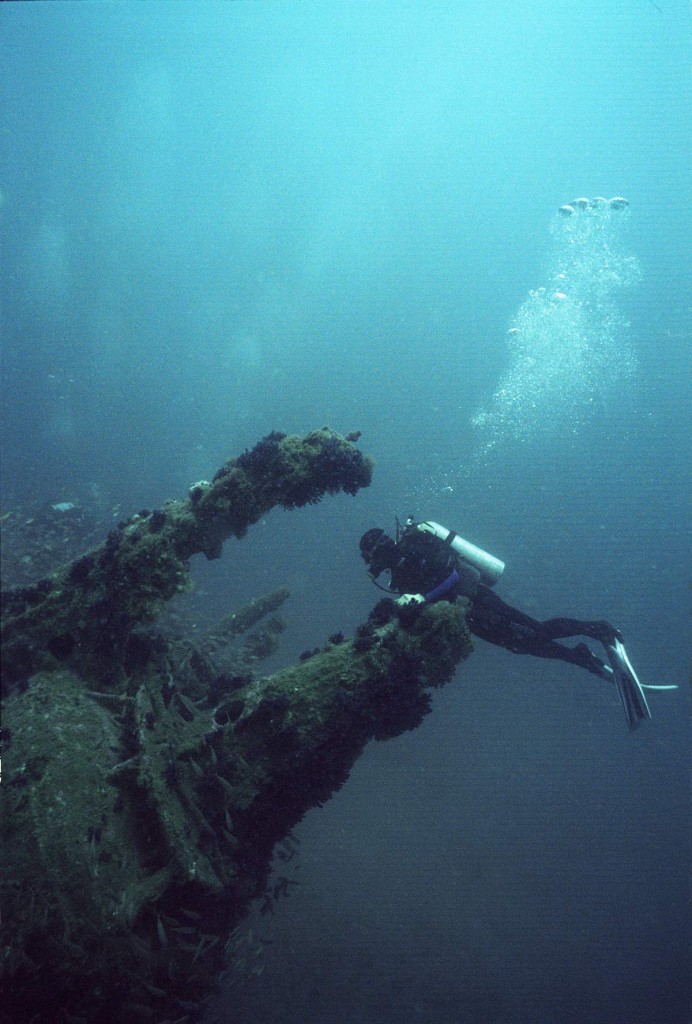Low-key luxury shines along North Carolina’s Crystal Coast.
Experiencing North Carolina’s Crystal Coast is like facing a string of endless Saturday mornings. Oceans of outdoor activities do their best to compete with the tug of a lazy day spent relaxing on the extra-wide beaches. No matter the choice, tomorrow offers another opportunity.
Devoid of even a single beachside hotel or resort development, Crystal Coast beaches are free from typical resort crowds and host more crabs and gulls most days than tourists. Miles of bike paths, shared marinas, and county-wide programs such as the Carteret Catch, a pledge by local restaurants to serve locally caught seafood, are just a few of the components that comprise this vast southern region off North Carolina’s Pamlico Sound.
The interconnected beach communities that make up the area are more like siblings than distant relatives. While each shares its own personality and character, there is an underlying filial relationship that lets visitors know regional kinship is paramount.
Well south of their better-known Outer Banks cousins of Cape Hatteras and Ocracoke Island, the Crystal Coast communities framing Bogue Sound begin along scenic Highway 58. Here, Emerald Isle is the westerly anchor providing modern amenities and old-fashioned beach town values. Families are the focus at this gem in the coastal crown, which boasts dozens of “sand castles”—oversized, family-friendly mansions fully equipped for weekly rental and typically situated right on the shoreline.
Four miles up the road are Indian Beach and Salter Path. Heavy concentrations of second-home owners grow the summertime population of these villages, though each retains a comforting, small-town feel. Lore has it that Salter Path got its name from the trail fishermen carved by carrying their catch from the beach to the sound just past Riley Salter’s mid-1800s home.
Diving off the Crystal Coast
Salty tales are not restricted to 19th-century history, as one of the Crystal Coast’s most famous visitors—if not a temporary resident—was the most notorious pirate that ever sailed the seas, the feared and ruthless Blackbeard. His infamous ship, the Queen Anne’s Revenge, is one of hundreds of wrecks just off shore, scattered along this section of the Outer Banks known as the graveyard of the Atlantic.
Sunk in 1718, the ship shares a watery tomb with many other wrecks-turned-reefs, including German U-boat submarines used during WWII. Hosting a higher concentration of wrecks than any other locale in the world, the Crystal Coast was named the No. 1 wreck-diving destination in North America by Scuba Diving magazine.
Pine Knoll Shores, one of the most natural and untouched areas of Bogue Banks, is halfway between Atlantic Beach and Indian Beach and is home to one of three of North Carolina’s state aquariums, a remarkable destination housing the state’s largest saltwater tank that contains 900,000 gallons teeming with sharks and dozens of indigenous species.
Housed at the far end of this barrier island is Atlantic Beach, the Coast’s elder statesman. Atlantic Beach contributes cultural capital to the region with concerts, outdoor films, and special events all summer long. Some of the area’s best seafood restaurants reside here, serving up Atlantic triggerfish, North Carolina shrimp, and line-caught yellowfin tuna. Check out the casually chic Amos Mosquito’s (amosmosquitos.com), where an ambitious menu featuring dozens of seafood specialties is executed with expertise.
Separated by the Beaufort Inlet, Beaufort and Morehead City are sister towns of sorts, with Beaufort having undergone a renaissance of sorts. Beaufort’s townspeople recognized the historical significance of their community (an important port for both the Northern and Confederate armies during the Civil War) and had the foresight to begin preservation efforts in 1977 that eventually led to a full-blown revival. What stands today are lovingly restored Civil War-era homes fronted by a highly serviceable marina (situated on the Intercoastal Waterway), a tiny but funky shopping district, and two oceanographic research facilities—The National Oceanic and Atmospheric Administration’s (NOAA) Center for Coastal Fisheries and a marine lab run by Duke University.
Morehead City is more of a working-class town and is home to shipbuilding facilities and a large port that receives ships from as far away as China. The community is home to the annual Big Rock Blue Marlin Tournament each June (thebigrock.com). In this sport fishing Mecca, the meeting of the icy waters from Canada’s Labrador Current collide offshore with the warmer Gulf Stream, creating a habitat second to none for trophy fish such as blue and white marlin, sailfish, and bigeye tuna, and superb eating fish like red drum, yellowfin tuna, and wahoo.
More than 56 miles along the Crystal Coast are dedicated to the wildly popular and permanently protected Cape Lookout National Seashore, home to the wild Banker Horses that have roamed free on Shackleford Banks for over a century. This destination represents one of the few natural barrier island systems in the world.
Carteret County, home to the Crystal Coast, boasts a population of 67,000. Many beachside homes feature a mashup of architectural styles from the Bahamas, Key West, and mainland Florida, showing off pastel colors like pistachio, peach, and lime green with white-on-white working shutters. Wraparound porches at both ground and second-story levels afford 360-degree views of rolling sand dunes, tall native grasses, and estuaries teeming with more than 100 species of water fowl.
Image Credits: Crystal Coast Tourism Authority.




